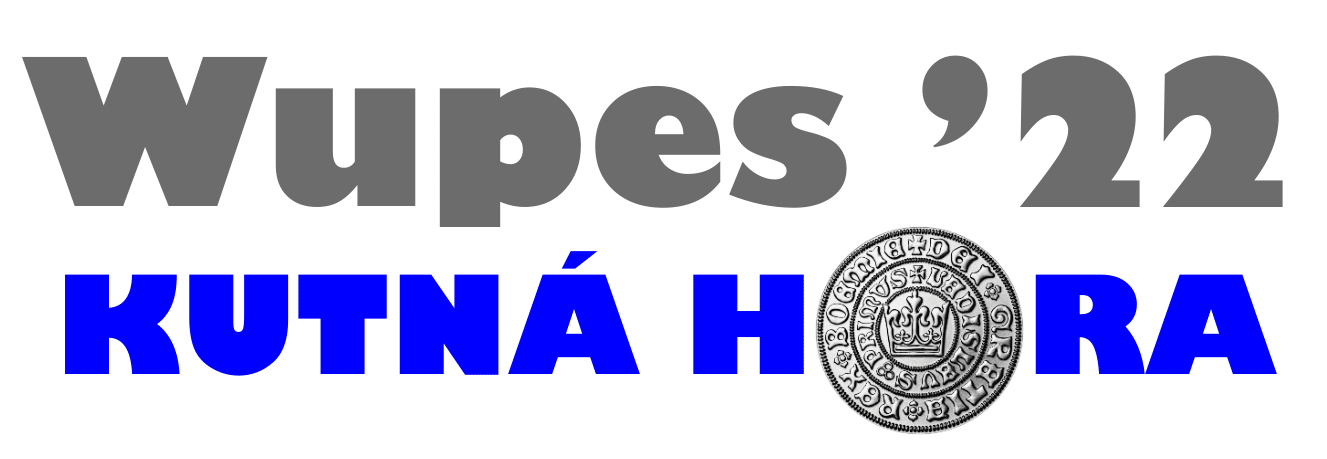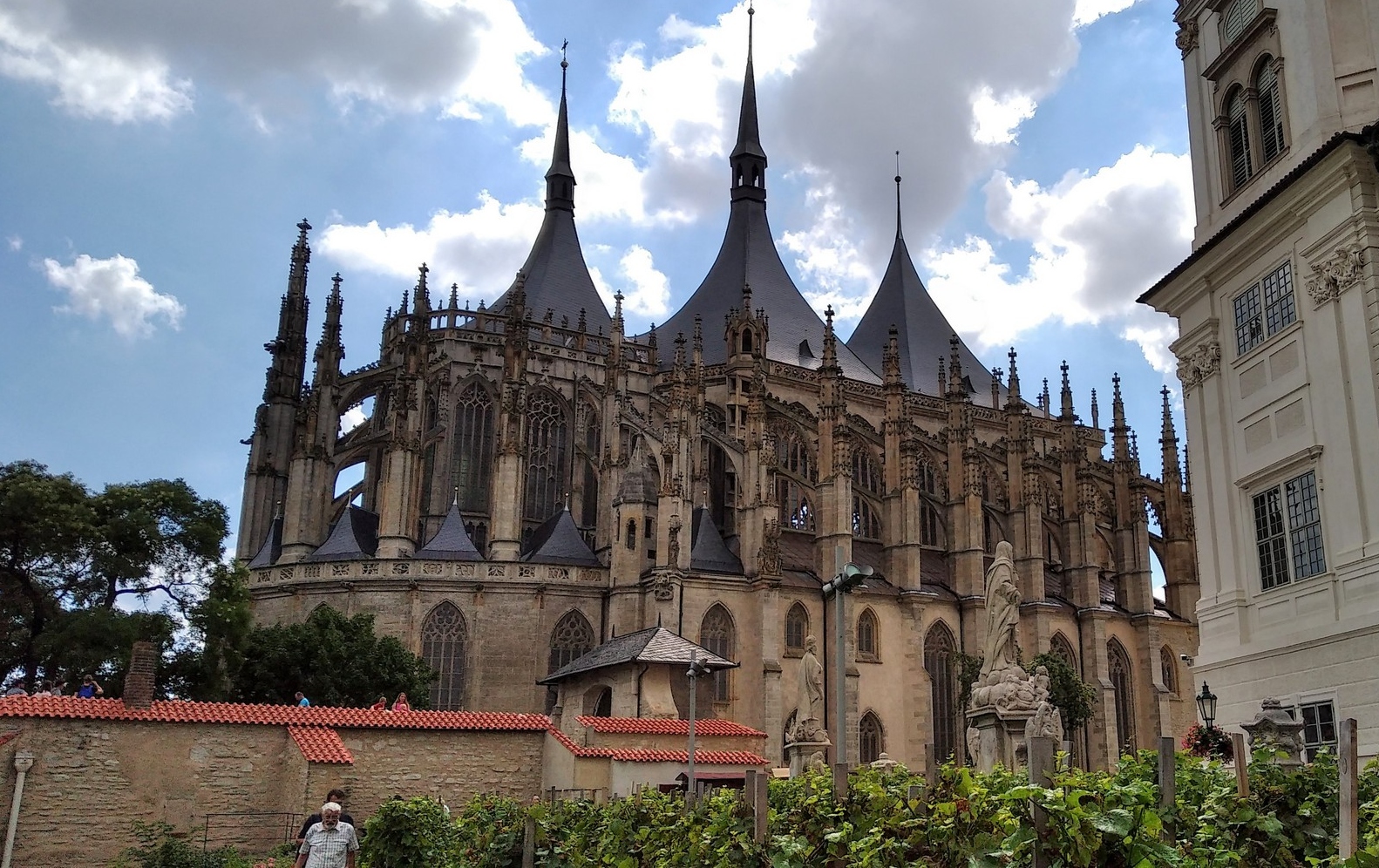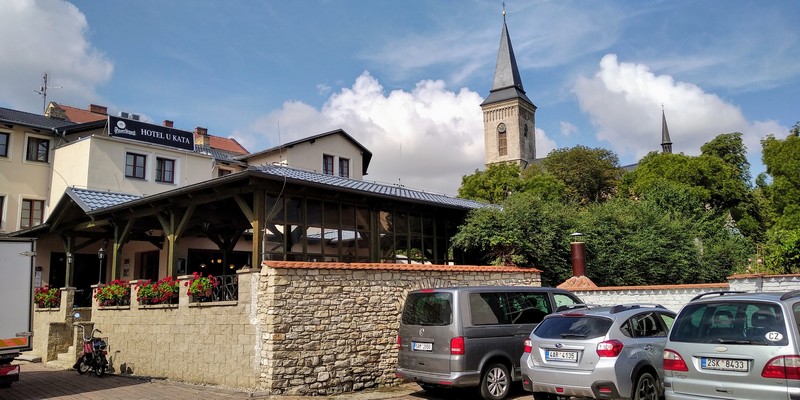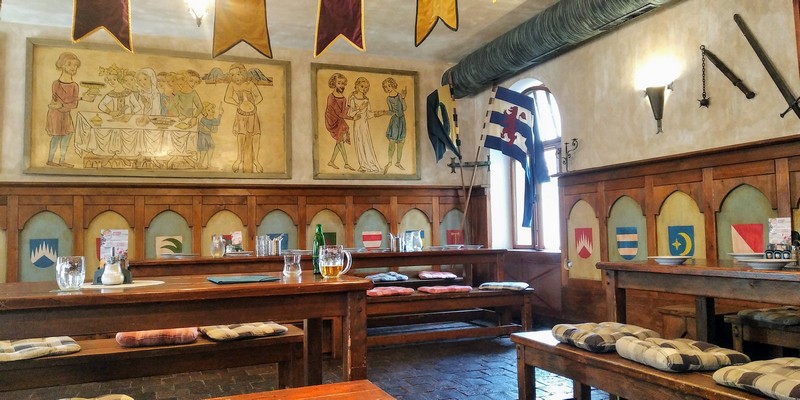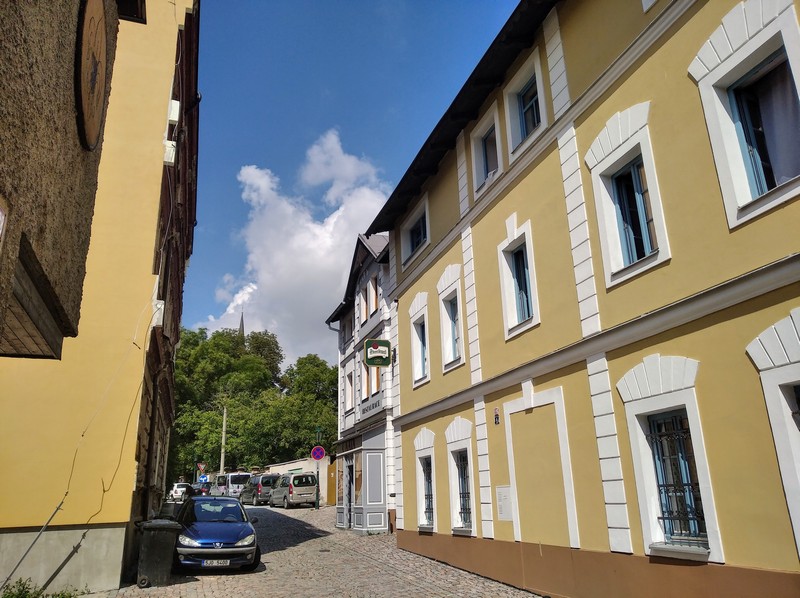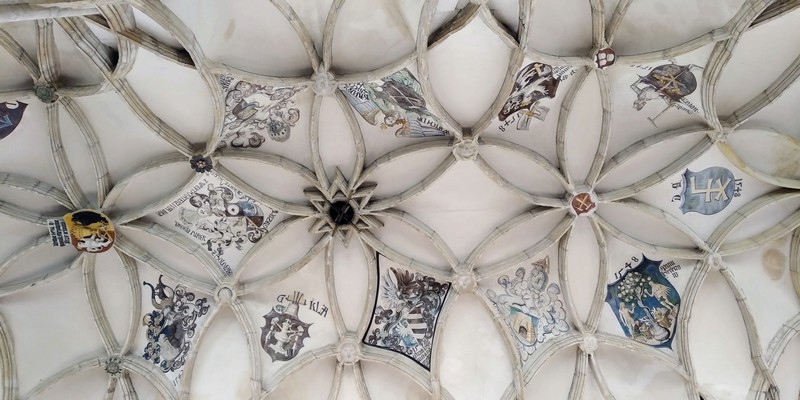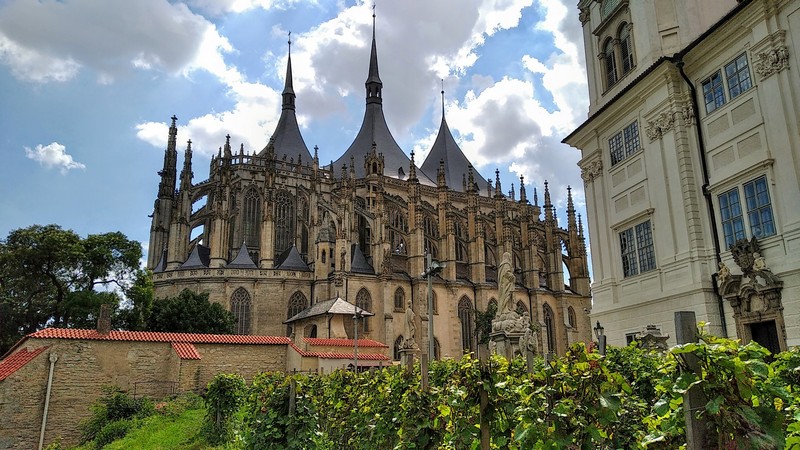Important dates
March 25, 2022submissions of extended abstractsApril 13, 2022notifications of acceptanceMay 2, 2022early registration & payment deadlineMay 2, 2022camera-ready copy of accepted papersJune 1-4, 2022workshop in Kutná Hora
Organizer
The workshop is organized by Institute of Information Theory and Automation, Czech Academy of Sciences and Faculty of Management, University of Economics, Prague.
Special Issue
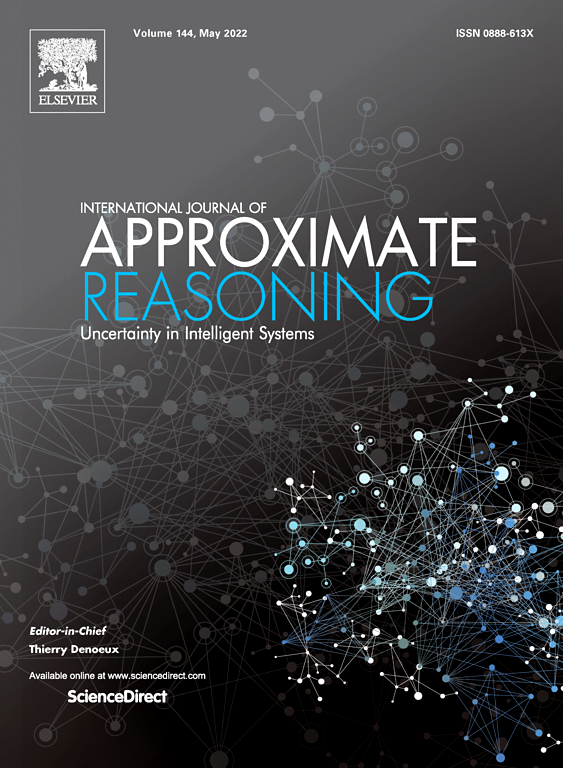 We plan to organize a special issue of the recognized International Journal of Approximate Reasoning dedicated to WUPES'22
after the workshop. For this special issue, all selected papers will have to pass a regular reviewing process.
We plan to organize a special issue of the recognized International Journal of Approximate Reasoning dedicated to WUPES'22
after the workshop. For this special issue, all selected papers will have to pass a regular reviewing process.
Covid Plan
The workshop will be organized as an onsite meeting in Kutná Hora. We expect participants to come in person. In case several registered participants won't be able to come personally because of Covid pandemic restrictions we will arrange the possibility to participate online for them and return them the registration fee deduced by transaction and administrative costs.
Programme committee
- Milan Studený - chair, Czech Academy of Sciences
- Nihat Ay, Hamburg University of Technology, Germany
- Giulianella Coletti, Università di Perugia, Italy
- Gernot D. Kleiter, Salzburg University, Austria
- Prakash P. Shenoy, University of Kansas, USA
Organizing committee
- Jirka Vomlel - chair
- Radim Jiroušek
- Milan Studený
- Václav Kratochvíl
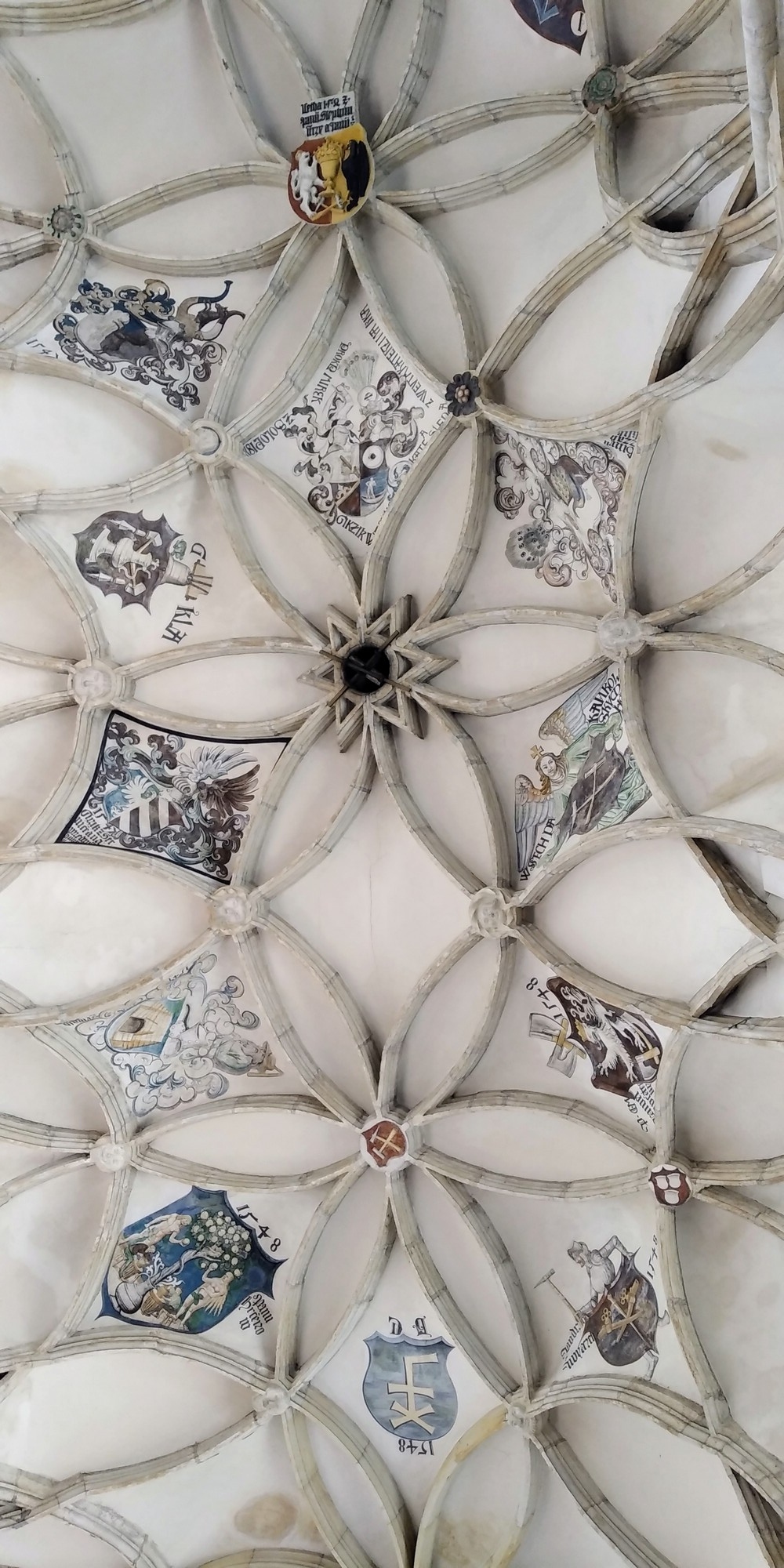
Venue
Kutná Hora is a Czech medieval city well known for its silver-mining history. It is located about 60 kilometers east of Prague. The town began in 1142 with the settlement of Sedlec Abbey, the first Cistercian monastery in Bohemia. The first tangible record of mining and processing of silver ore is from the 13th century. Rumours about rich silver deposits attracted new settlers, thousands of which were coming to the area mostly from neighbouring German speaking regions, bringing along advanced manufacturing technology and social system. The atmosphere of Kutná Hora at that time may have resembled the atmosphere of American gold-miner’s settlements; contemporary records talk about a “rush to Kutná” and mention the fact that the fame of local mines spread across the border of the country.
The turning point in the town’s history came in 1300 when King Wenceslas II (1278-1305) issued the new royal mining code IUS REGALE MONTANORUM, a legal document of extreme importance that specified all administrative as well as technical terms and conditions necessary for the operation of mines. The new legal position of the agglomeration was supported by a number of privileges granted by kings of the Luxembourg dynasty, which gradually transformed the chaotic cluster of miner’s huts into the second most important town of the kingdom. Shortly after 1300, Kutná Hora became the seat of the central mint of the Czech lands. Mining of silver stood at one end of the manufacturing cycle, striking of silver coins (the so-called Prague Groschen and their parts – parvi) at the other one. Kutná Hora became the financial center of the country.
The historical center is an architectural jewel of European importance, and the late gothic Church of St. Barbora and the Cathedral of Our Lady in Sedlec, rebuilt in the baroque gothic style, create a notional entrance gateway to the royal mining city. Its history and uniqueness were recognized in 1995 when the city was inscribed in the UNESCO World Cultural and Heritage List. More details about the history and historical monuments of this town can be found at the city information portal or at the Czech UNESCO heritage site.
For instructions on how to get to Kutna Hora, visit the following page.
Accommodation
The conference will be held in hotel "U Kata". We have reserved a block of rooms for conference participants there.
The rooms will be assigned on a first-come, first-served basis. The WUPES participants are expected to make the reservations directly with the hotel by writing an email to rezervace@ukata.cz. To get a discount, please use WUPES as your reference code. No cancellation fee applies if your reservation is canceled before May 24, 2022, i.e., one week before the conference.

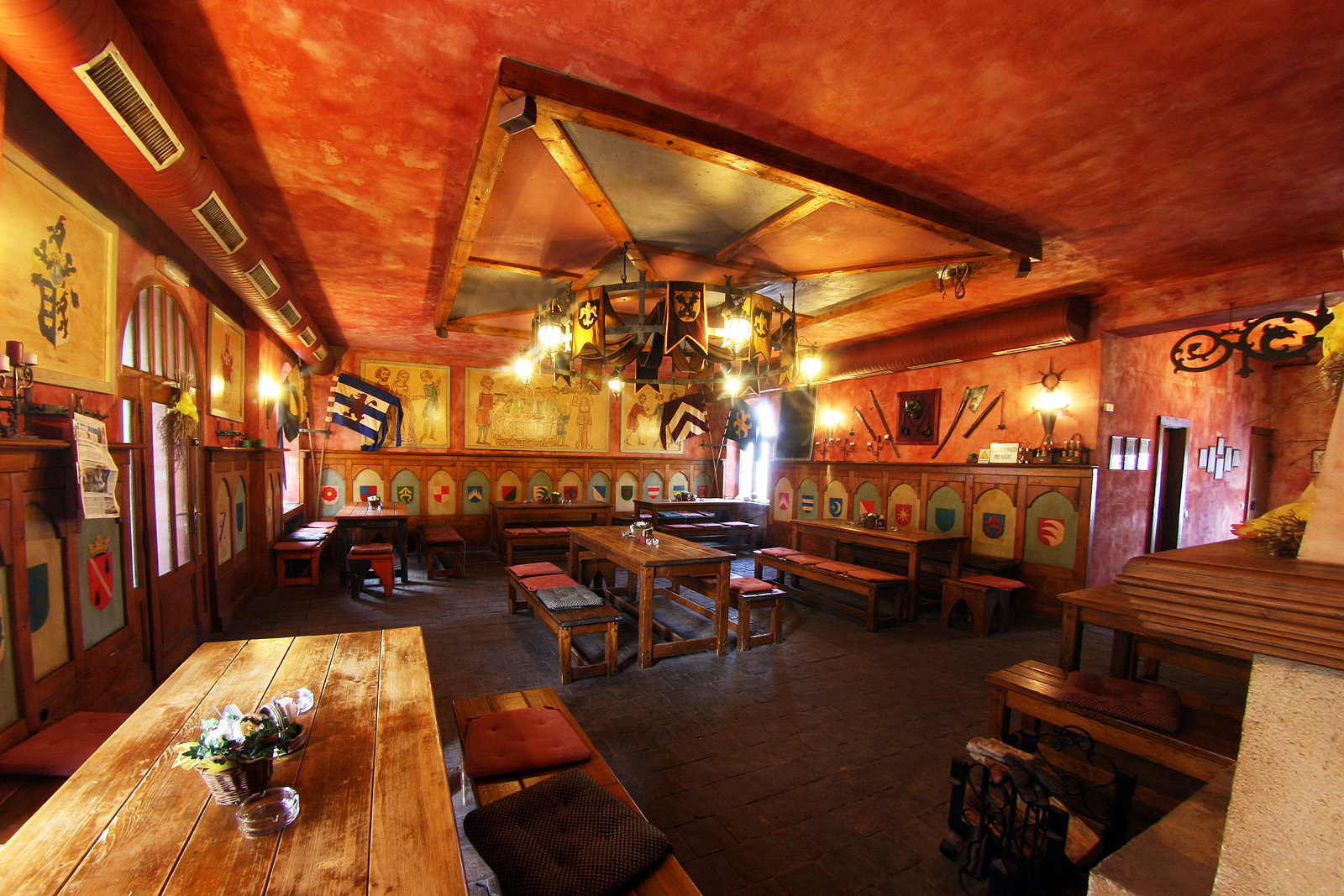



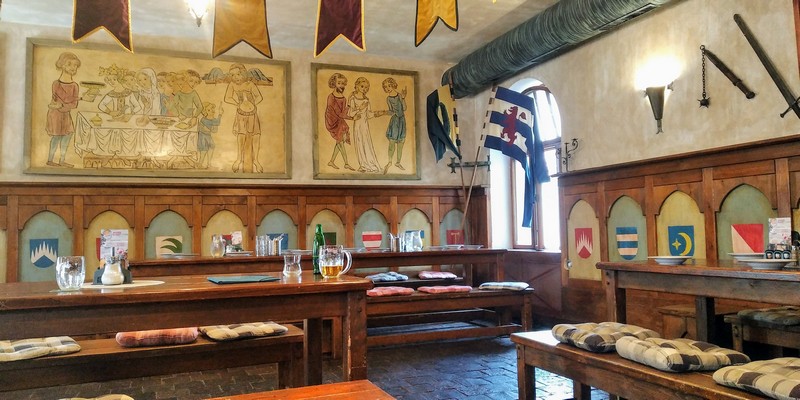
Contact
To contact us, please, send an email to vomlel@utia.cas.cz
